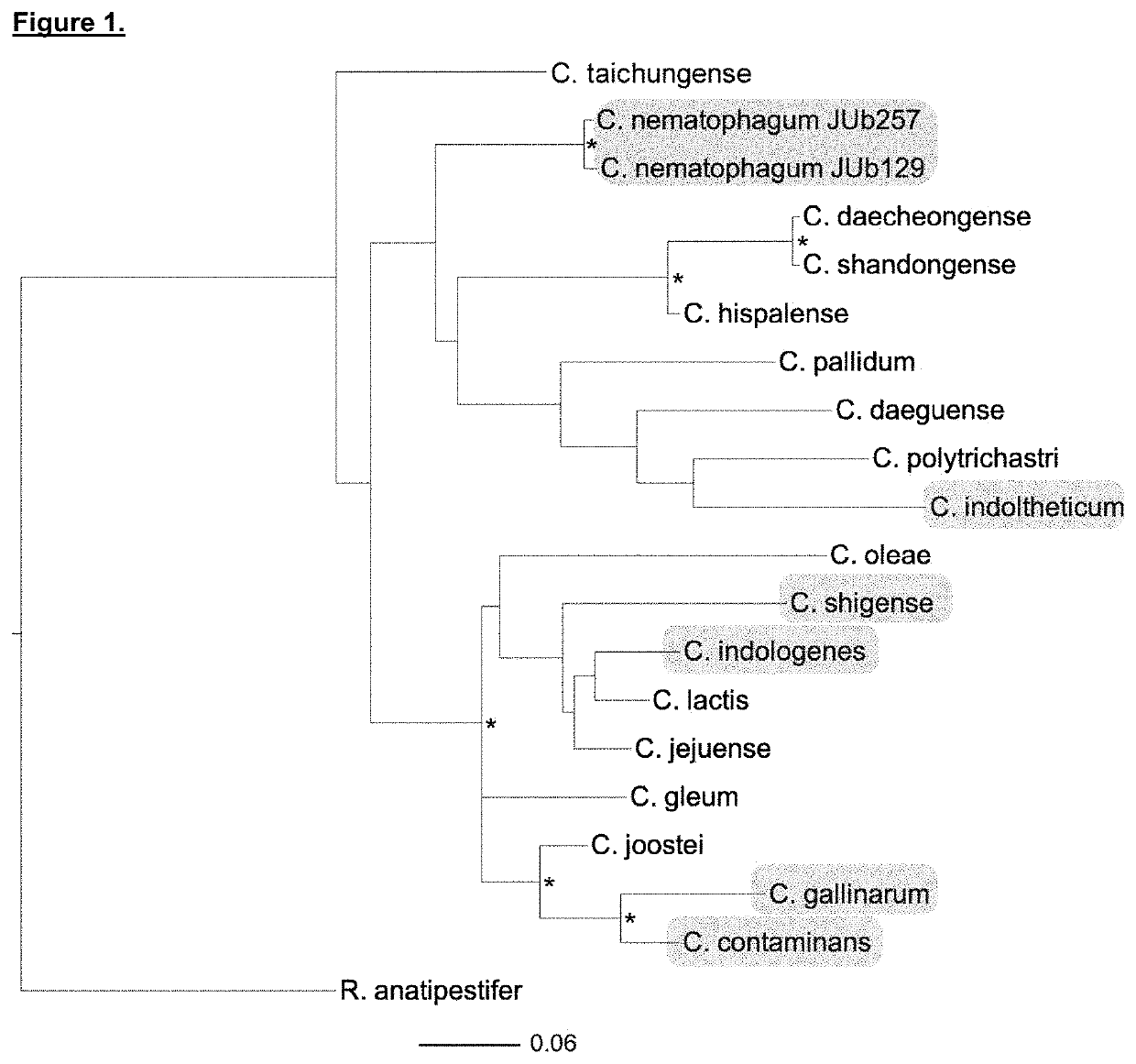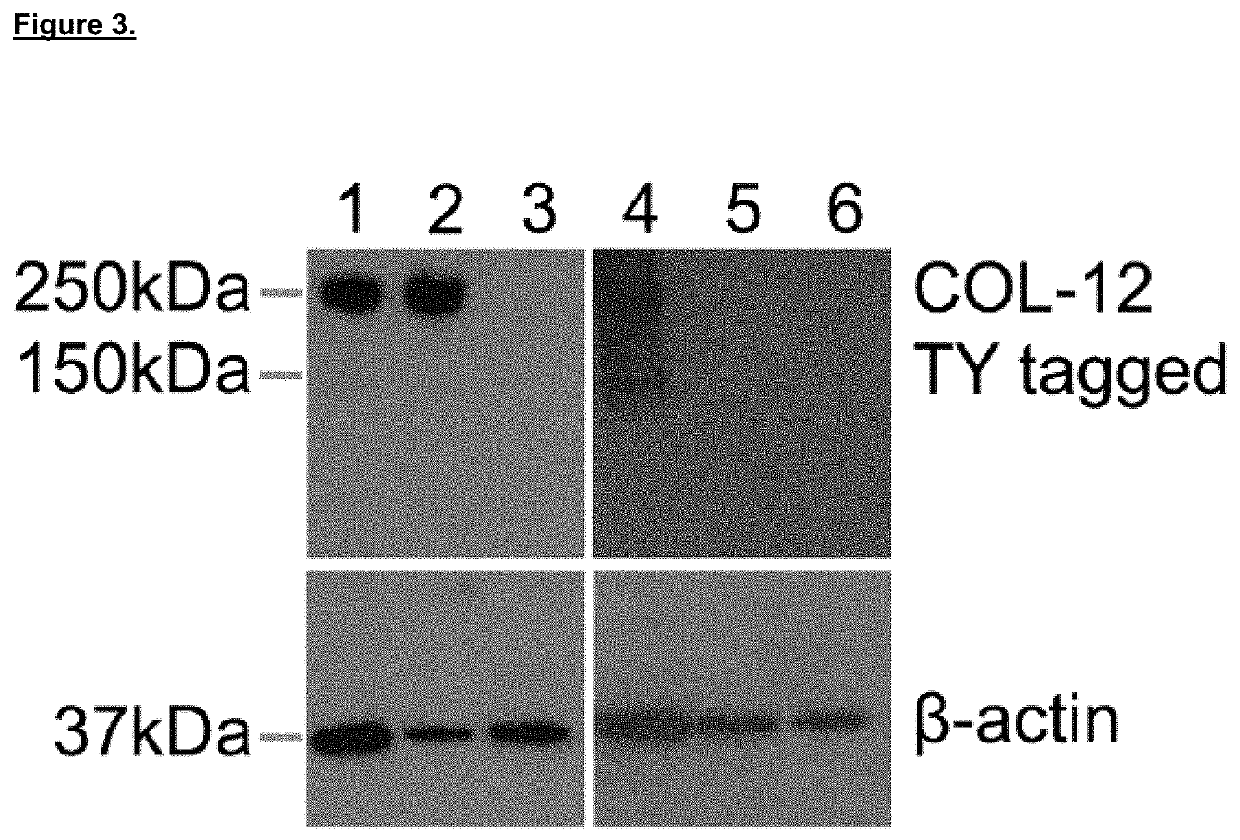Anti-parasitic agents
a technology of anti-parasitic agents and anti-nematodes, which is applied in the field of anti-parasitic agents, can solve the problems of large veterinary impact of disease caused by nematodes, significant lifelong morbidity, and large burden on public health and farming industry worldwide, and achieve the effect of reducing the load of parasitic nematodes in the plan
- Summary
- Abstract
- Description
- Claims
- Application Information
AI Technical Summary
Benefits of technology
Problems solved by technology
Method used
Image
Examples
examples
[0117]Further details of the results described in this specification, including figures and additional data files, can be found in Page et al., BMC Biology (2019) 17:10 (Ref. 44), which is incorporated by reference for all purposes.
[0118]The free-living nematode Caenorhabditis elegans is an excellent genetically tractable model that has been used extensively to study nematode pathogens, the majority of which are, however, only effective against Caenorhabditis species and not against parasitic species [11]. In this study we describe the characterisation of a novel Chryseobacterium pathogen with great potential for controlling key nematode infections, including (but not limited to) nematode infections of veterinary importance. Chryseobacterium spp. are gram-negative rods, found ubiquitously in the environment with certain species being reported as having unusual matrix digesting properties [12].
[0119]In this study we searched the environment for natural nematode pathogenic bacteria in...
PUM
 Login to View More
Login to View More Abstract
Description
Claims
Application Information
 Login to View More
Login to View More - R&D
- Intellectual Property
- Life Sciences
- Materials
- Tech Scout
- Unparalleled Data Quality
- Higher Quality Content
- 60% Fewer Hallucinations
Browse by: Latest US Patents, China's latest patents, Technical Efficacy Thesaurus, Application Domain, Technology Topic, Popular Technical Reports.
© 2025 PatSnap. All rights reserved.Legal|Privacy policy|Modern Slavery Act Transparency Statement|Sitemap|About US| Contact US: help@patsnap.com



